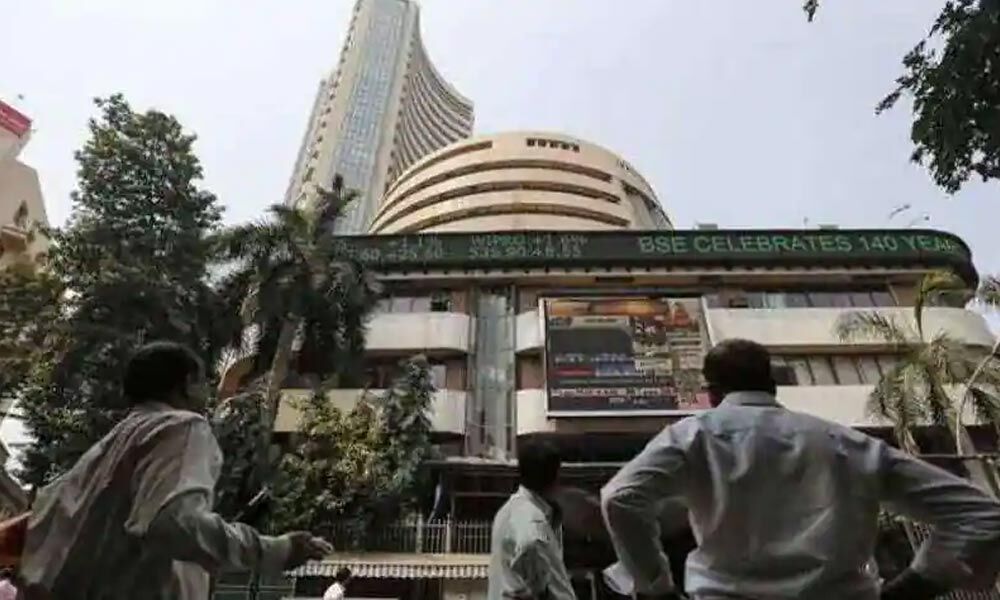October 2024 marked a significant downturn in the Indian stock market, as Foreign Institutional Investors (FIIs) recorded a staggering net outflow of Rs 114,445.89 crore. This figure not only represents the highest monthly outflow on record but also underscores a growing trend of FII exits from the Indian market. To put this in perspective, the previous largest net sales by FIIs in 2024 occurred in May, amounting to Rs 42,214 crore. The last time such a dramatic exit was witnessed was during the COVID-19 crash in March 2020, when outflows reached Rs 65,816.70 crore. However, unlike the 2020 scenario, where the Nifty index plummeted over 20%, the current market decline has been somewhat cushioned by the robust buying activity of Domestic Institutional Investors (DIIs), who purchased a net of Rs 107,254.68 crore in October.
Continuing Trend in November
The trend of FII outflows persisted into November. In the first three trading days alone, FIIs sold Rs 7,111.13 crore, while DIIs stepped in to buy Rs 5,589.71 crore. This ongoing market adjustment highlights the delicate balance between foreign and domestic investment dynamics in India.
Reasons for FII Exit
Several factors have contributed to the recent FII outflows from the Indian market:
1. China Stimulus
China’s recent stimulus measures, which include easing monetary policies and boosting government spending, have attracted global investment back into its markets. This shift offers potentially higher returns, prompting FIIs to reconsider their allocations.
2. Premium Valuation
The Indian market’s median Price-to-Earnings (PE) ratio since 2007 stands at 21.9. Before the recent decline, the Nifty50 PE was over 24, indicating a level of overvaluation compared to other emerging markets. This disparity has led FIIs to seek more attractively valued opportunities elsewhere.
3. High Inflation
September 2024 saw inflation rise to 5.49%, the highest level recorded this year. High inflation erodes purchasing power, reduces consumer spending, and negatively impacts corporate profits, leading to lower earnings growth and diminished investor optimism.
4. Disappointing Q2 FY25 Earnings
The earnings report for Q2 FY25 revealed weaker-than-expected results, with net profit growth of only 3.6% during the September quarter—the slowest growth in 17 quarters. This sluggish performance, attributed to rising costs and stagnant revenue growth, raised concerns about the growth prospects of Indian companies.
5. US Elections
The uncertainty surrounding the upcoming US presidential elections has created global market volatility. Investors are closely monitoring the potential impact of the election outcome on economic policies, further complicating the investment landscape.
Impact on Indian Markets
The outflow of FIIs has significant implications for the Indian stock market:
Increased Volatility
FIIs account for a substantial portion of trading volume in the Indian markets. Their exit has led to sharp declines and increased volatility, as domestic investors react to the sell-offs. While DIIs have provided some support, the overall market sentiment remains fragile.
Downward Pressure on Stock Prices
The large-scale FII outflows have resulted in broader sell-offs, particularly affecting blue-chip and large-cap stocks. This has caused market indices like the Nifty and the Sensex to experience notable declines.
Currency Depreciation
FII outflows have increased the demand for foreign currency as investors convert rupees to dollars, leading to a depreciation of the Indian rupee. A weaker rupee makes imports more expensive, adding to inflationary pressures and further complicating the economic landscape.
Impact on Liquidity and Sentiment
The reduced liquidity in the stock market due to FII sell-offs makes it challenging for investors to trade large quantities of shares without affecting prices. This reduction in liquidity can dampen market sentiment, especially if domestic investors fear continued outflows.
The Positive Side
Despite the negative impacts of FII selling, there is a silver lining. The decline in stock prices has created attractive buying opportunities for long-term domestic investors. High-quality stocks are now trading at discounted prices, allowing patient investors to acquire shares with the potential for higher future returns.
What Should Investors Do?
Stay Calm
Market corrections due to FII outflows are often temporary. Long-term investors should avoid panic selling and remain focused on their investment strategies.
Invest Systematically
Systematic Investment Plans (SIPs) can help investors benefit from rupee-cost averaging during volatile periods, allowing them to accumulate shares over time without the pressure of timing the market.
Focus on Fundamentals
Investors should look for fundamentally strong companies with good growth potential. Market corrections often provide opportunities to buy quality stocks at discounted prices.
Long-Term Outlook
While recent FII outflows have caused market volatility, experts believe this is more of a tactical shift than a strategic exodus. India’s long-term growth story remains compelling, despite short-term challenges such as rising inflation and global economic uncertainty.
India’s increasing weight in global indices and its emergence as an attractive investment destination amid China’s structural challenges and geopolitical risks support optimism about its long-term growth. However, the short-term outlook remains uncertain, influenced by factors like the US election outcome, geopolitical tensions, and global central bank policies.
Investors should closely monitor ongoing FII selling. While DIIs have provided support, continued FII outflows and other discussed factors will play crucial roles in determining market direction. Staying informed and focused on fundamentals will be key to navigating this period.
Disclaimer
This news story is for informational purposes only. Please consult a market expert before making any investment decisions.




